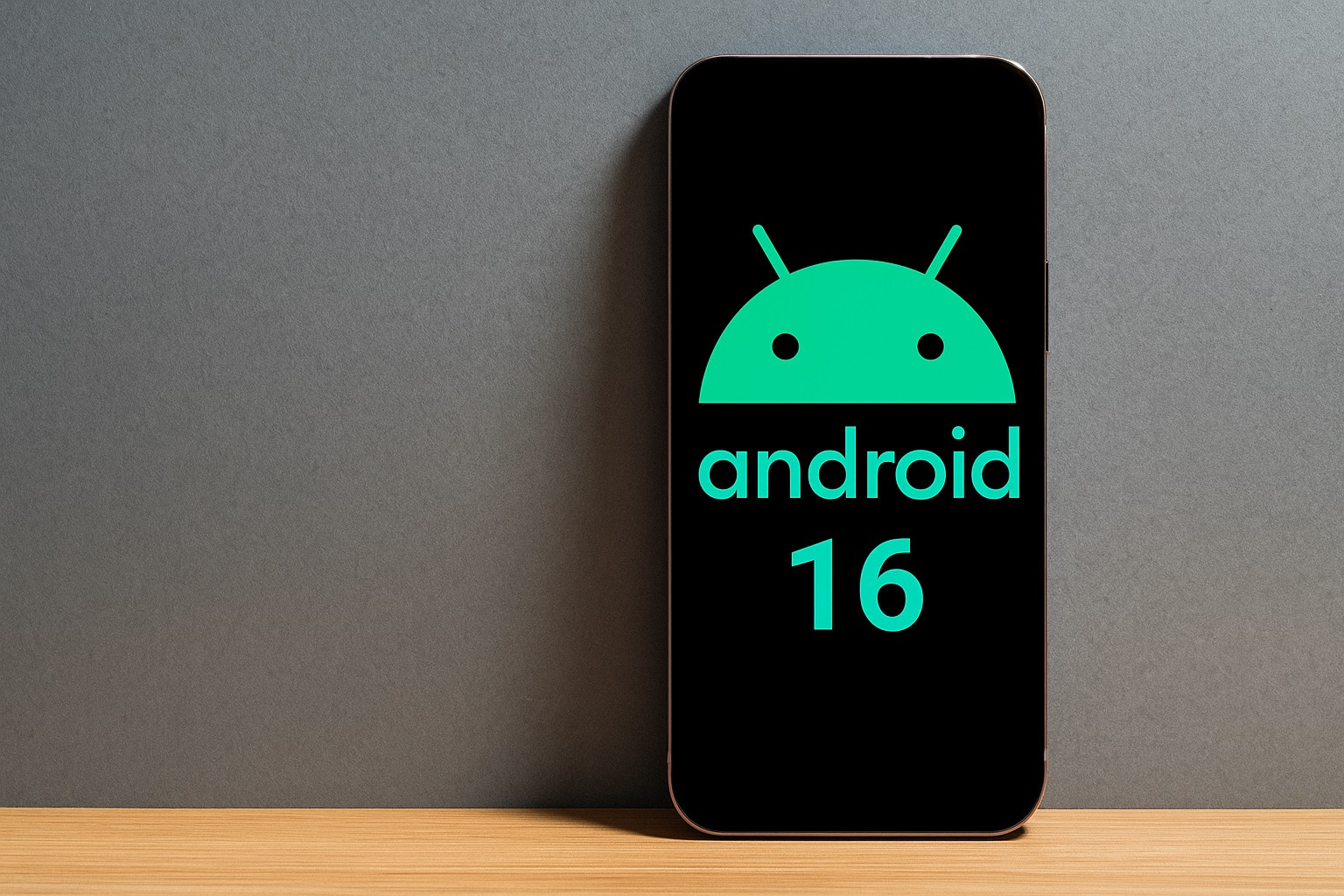- O Google disponibilizou o código-fonte do Android 16 QPR1 no Android Open Source Project sob o branch
android16-qpr1-release. [1] - A liberação chega cerca de dois meses depois que o QPR1 começou a ser distribuído para os Pixels, uma espera incomumente longa que frustrou projetos de ROM. [2]
- O código confirma as principais novidades do QPR1, como Material 3 Expressive e o trabalho contínuo no Desktop Mode—agora totalmente inspecionável por desenvolvedores. [3]
- O timing segue de perto o Pixel Feature Drop de novembro de 2025, o que pode explicar a janela de retenção. [4]
O que aconteceu hoje
O Google publicou o código-fonte completo do Android 16 QPR1 no AOSP. Você pode ver a alteração oficial do manifesto—“Update default revision to android16-qpr1-release”—no repositório platform/manifest, e o default.xml atualizado agora aponta para esse branch para o android-latest-release. [5]
A liberação está alinhada com vários relatos da imprensa Android e da comunidade de desenvolvedores, observando que o código do QPR1 finalmente se tornou público após semanas de espera. [6]
Por que a liberação importa
Transparência & comparação: Com os códigos disponíveis, as equipes podem comparar frameworks/base, SystemUI, WindowManager e Shell para ver cada mudança de comportamento desde o Android 16 GA e o lançamento do QPR1. Isso é essencial para triagem de regressões, resolução de problemas de compatibilidade de apps e validação de integrações OEM. [7]
Custom ROMs: Grandes projetos como LineageOS seguraram intencionalmente builds rotuladas como QPR1 porque nem todos os componentes estavam disponíveis. A liberação de hoje destrava os rebases e deve acelerar builds de teste para dispositivos populares. [8]
Verificação de recursos: A fonte confirma a reformulação visual sob Material 3 Expressive e o trabalho contínuo de infraestrutura do Modo Desktop que apareceu ao longo das betas do QPR1—agora totalmente auditável. [9]
O atraso—o que mudou neste ciclo?
Historicamente, o Google publicava novos ramos do Android no AOSP em poucos dias após um lançamento estável. Com o Android 16 QPR1, o código chegou cerca de dois meses depois que os Pixels receberam a atualização—um caso atípico que deixou os mantenedores esperando. [10]
O Pixel Feature Drop de novembro de 2025 chegou ontem com novos recursos assistidos por IA; o código-fonte do QPR1 apareceu imediatamente depois. Essa sequência alimentou suposições fundamentadas de que o Google queria evitar revelar pistas de Feature Drops não lançados em repositórios públicos. O Google ainda não forneceu uma justificativa técnica oficial, mas o timing faz sentido. [11]
O que há de fato no Android 16 QPR1
- Material 3 Expressive UI: Uma atualização visual mais ampla abrangendo Configurações Rápidas, notificações e elementos da tela de bloqueio, agora revisável até o nível de recursos e flags. [12]
- Progresso do Modo Desktop: Base mais robusta para múltiplas janelas/telas que OEMs e ROMs podem examinar no WindowManager/Shell para aprimorar o comportamento de janelas livres e da barra de tarefas. [13]
- Aprimoramento do ecossistema: Uma série de correções internas típicas dos QPRs que não alteram os níveis públicos do SDK, mas sim afetam serviços, política SELinux, regras Soong e versões APEX—agora rastreáveis commit a commit. [14]
Como sincronizar o Android 16 QPR1 do AOSP
O Google agora recomenda acompanhar android-latest-release, que está definido para o branch de lançamento mais recente—hoje, é android16-qpr1-release. [15]
References
1. android.googlesource.com, 2. www.androidauthority.com, 3. www.androidauthority.com, 4. blog.google, 5. android.googlesource.com, 6. www.androidauthority.com, 7. www.androidauthority.com, 8. www.androidcentral.com, 9. www.theverge.com, 10. www.androidauthority.com, 11. blog.google, 12. www.theverge.com, 13. www.androidauthority.com, 14. www.androidauthority.com, 15. source.android.com
